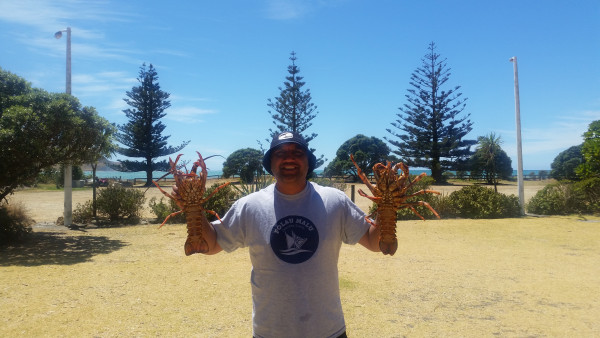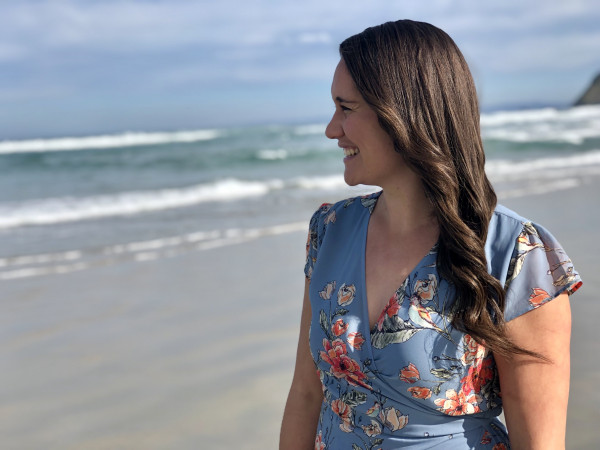This story was first published on January 22, 2022. It was republished for World Prevention Drowning Day on July 25, 2022.
As a child, Rob Hewitt was warned about the danger of ‘Ahimate’ through pūrākau - traditional Māori stories - that were passed down from his tūpuna.
He says ‘Ahimate’ - a reserve in the Manawatū River where four people recently drowned - can loosely translate to ‘calm death’.
“If you look at where these drownings happened, it can look very calm on top, but the current can drag you under,” he says.
Hewitt says if the meanings behind why water in certain areas is considered dangerous in te ao Māori were written on signs, some of these drownings might have been prevented.

Rob Hewitt says signage that educates New Zealanders about the meaning behind Māori place names could prevent drownings. Photo: Supplied
Mātauranga Māori could prevent future drownings
Dr Chanel Phillips (Ngāti Hine, Ngāpuhi), a lecturer at the University of Otago who specialises in Māori water safety, says it is crucial iwi and hāpu and their knowledge is implemented in water safety education training.
With the highest number of drownings in 40 years this summer due to unseasonably warm temperatures enticing more people into the water, she says this education is more crucial than ever.
Dr Chanel Phillips says iwi and hāpu knowledge needs to be included in water safety education. Photo: Supplied
Phillips’ research looks into how Māori place names can teach people about water safety, but also how this knowledge has been sidelined due to colonisation devaluing indigenous knowledge.
“[Iwi and hāpu] have been left out of the sector in so many ways,” she says.
“One missed opportunity was tangata whenua knowledge not being included in the signage that was recently implemented in Ahimate.”
“Imagine if iwi and hapū had input in that signage. It could say ‘don’t swim here’, but also why? ‘Because the original name means this’.”
Another example Phillips came across through her work was the Whangaehu River in the Manawatū-Whanganui region of the North Island.
“When ancestors of Haunui-a-Nanaia splashed the water as they walked across this river, the muddy bottom of the river came up.”
“That taught us that because the river bed is muddy you actually can't see any of the hidden hazards and dangers. So that teaches kids right away, you need to check how deep it is before you jump in because it’s too muddy to see the bottom,” she says.
Further down from the Whangaehu River is the Turakina River.
“Turakina refers to the words Turaki, which means to be felled or to fall down,” says Phillips.
“What happened was the ancestor of this area actually felled a tree to cross the river at a particular point. So this told us that he crossed the river on a tree because it was too strong - there's a really strong undercurrent in the Turakina river which you can’t see.”

Phillips' work in this space has led to the Wai Puna water safety model that now underpins the new Water Safety Sector Strategy for the next five years.
The multi-layered model draws on whakapapa, mātauranga, and tikanga, to educate and strengthen people’s connection to the water.
“We know people are wanting more Māori understanding of water safety today,” she says.
“In terms of the practice of it and the implementation of it, that’s the part that needs to be looked at now.”
More stories:
What we know about Tonga’s volcanic eruption and how you can help
Why summer drownings are the worst in 40 years
Going flatting: The best and worst things about getting out of home